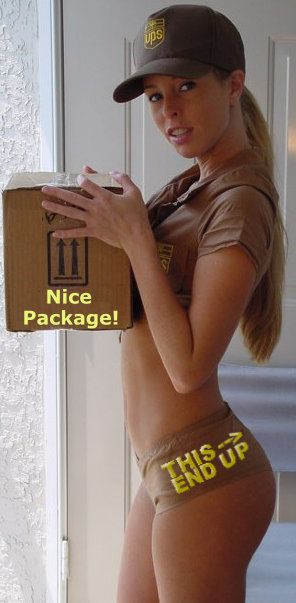The T-Bill Message for Bush & Bernanke [Larry Kudlow]
The power outage in banking and credit markets continues to deepen as the sub-prime mortgage infection spreads throughout the U.S. and the global financial system.
As I mentioned in yesterday’s column, it is time for a major Fed operation. The central bank needs to surrender its 5.25 percent fed funds target rate and pour tens of billions of dollars of new-cash liquidity into the banking system. Of course, this would be felt most immediately in the U.S., but in effect it would be a global action since the U.S. financial system stands at the epicenter of world finance.
An extraordinary money-market development has occurred in recent days. The safest liquid credit instrument — the gilt-edged 91-day Treasury bill — has seen its yield plunge.
Here’s the story: Last Wednesday, August 8, T-bills traded at 4.49 percent. On Monday they dropped to 4.74. On Tuesday, 4.63. And yesterday they fell to 4 percent. This morning they dropped another 50 basis points to 3.52 percent. What’s this mean? It means the entire banking system has turned completely risk averse and is fleeing into the safest haven possible.
It is fear. It is hording cash. It is a mountainous tremor that has seized financial markets.
In terms of funding requirements — for big mortgage banks like Countrywide, or perhaps the major money-center banks and various hedge funds — it shows financial dysfunction.
Now, what to do?
The Federal Reserve must lower its target rate and pour new cash into the banking system. It should float the federal funds rate and let reserve and money-market forces determine the right rate level as it injects new liquidity into the system. A T-bill rate around 3.5 percent suggests a fed funds target rate of perhaps 3.75 percent, or somewhere thereabouts.
Right now, because of the fear and hording, cash demands inside the banking system are rising faster than cash reserve supplies injected by the Fed. So the central bank should keep adding new money until the fed funds rate stabilizes in the open market. In other words, the key target variable right now should not be the Fed’s interest-rate target, but the large amount of new cash it is injecting into these markets.
Put simply, Ben Bernanke & Co. should let the money market set the new target rate. Their job is to create enough new cash to stabilize and accommodate the fear-based rush of liquidity demands.
As I also mentioned in yesterday’s column, the Fed should expand its open-market purchases of collateral to include non-government mortgage-backed securities, jumbo mortgages, and asset-backed commercial paper, along with the more typical Treasury and government agency paper which includes Fannie and Freddie paper. This will help get the new cash into the places that need it the most. It’s a buck-shot approach, not a clean rifle hit. Unusual and cumbersome perhaps, but necessary I think at the present time.
The first order of business for the Fed is to protect the banking system. Credit deflation is a nasty virus. It requires a strong antibiotic. The trick is to not only keep the banking system afloat, but to prevent the credit virus from bringing down the economy.
So far, the economy looks fine. This is good. But the Fed must be the lender of last resort for the banking system. For my inflation-worrying friends out there, I say we can deal with that issue if it remerges sometime in the future. After financial stabilization, the new cash can be withdrawn and the fed funds target can be readjusted.
All I’m saying is first things first. That means stabilizing the banking system and accommodating the huge cash demands that have arisen. Right now, the system is virtually frozen.
One last thought: Talking with my great pal Jerry Bowyer this morning, we came up with an idea for President Bush. He needs to show leadership by meeting with Ben Bernanke, either in Washington or Texas. Remember, during the rough days of 1981-82, President Reagan met with Paul Volcker in the Oval Office. Reagan gave Volcker the green light to do whatever was necessary to curb inflation.
Today the problem is deflation — more specifically, credit deflation. So let Mr. Bush and Mr. Bernanke (and Mr. Paulson over at Treasury) talk among themselves. Let them hammer out a plan to stop the credit deflation and the financial emergency. After that, Bernanke can face the cameras (as suggested by former Federal Reserve governor Wayne Angell on Kudlow & Company last night) and announce his new policy.
This is a solvable problem. The economy is in relatively good shape. Stocks are still at a relatively high level. The unemployment rate is low. The vital economic signs are positive. But we need a credit fix. We need to restore banking confidence. Right now.
Friday, August 17, 2007
Subscribe to:
Post Comments (Atom)















No comments:
Post a Comment